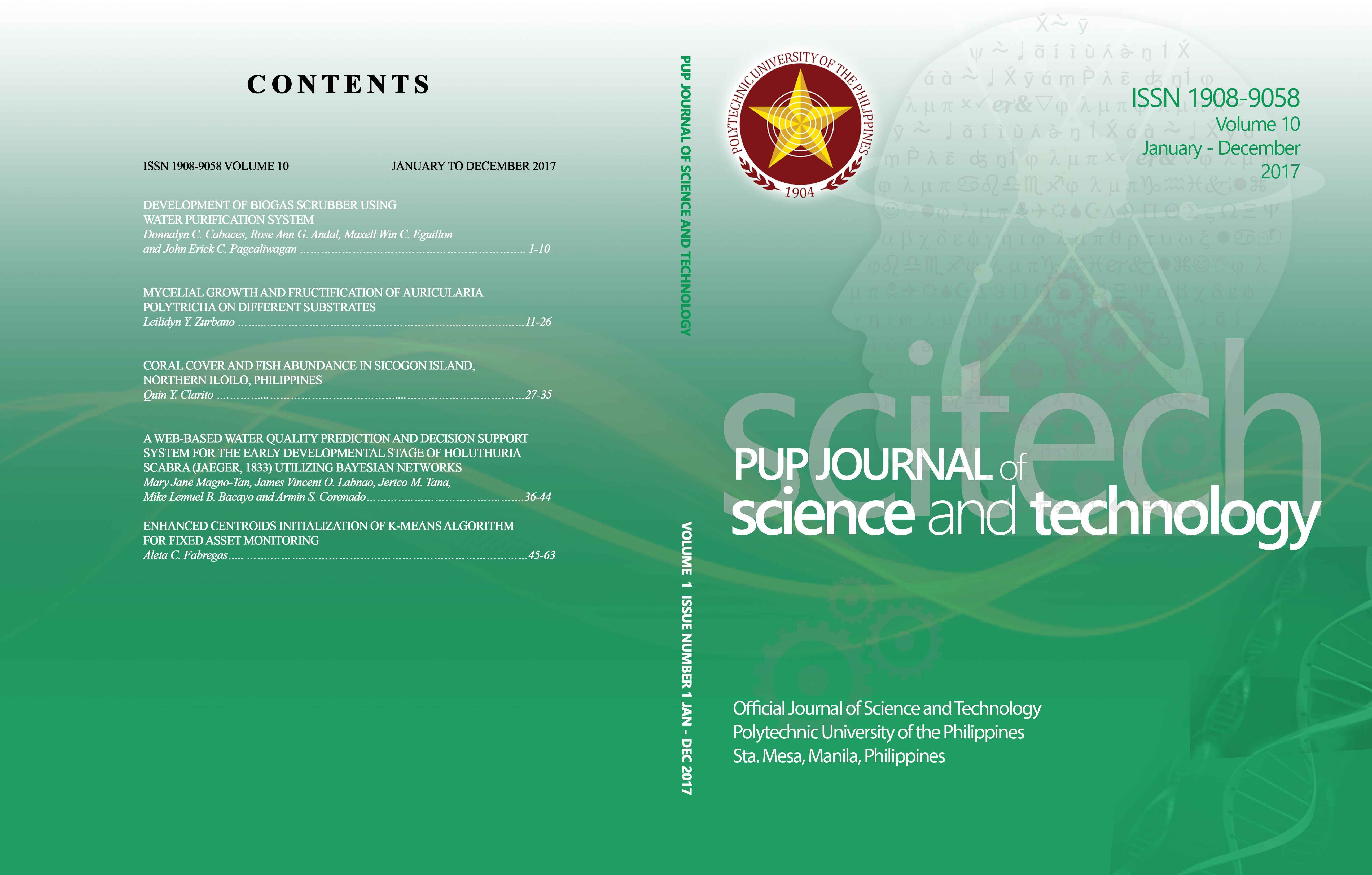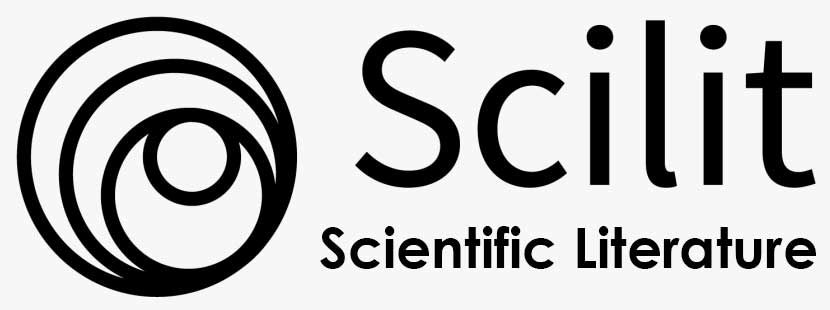Coral Cover and Fish Abundance in Sicogon Island, Northern Iloilo, Philippines
DOI:
https://doi.org/10.70922/7rstzh27Keywords:
Sicogon Island, coral reefs, coral cover, fish abundance and densityAbstract
Corals are tiny animals called polyps that live in colonies underwater, either in patches or extensive reefs. The country has an estimated 27,000 km2 of coral reef with only about 5% of this area still in excellent condition. The coral reefs provide high primary productivity and high fishery yields for food security, coastal protection, tourism, education, research and aesthetic value. Sicogon Island is an island in northern Iloilo Province, which is part of the municipality of Carles and it is approximately 140 kilometers from Iloilo City. It is comprised of three barangays namely Buaya, San Fernando and Alipata with an estimated coral reef area of 9.5 hectares. The existing live hard coral reef cover in Sicogon Island, Carles, Iloilo is in fair to good condition (40.44% - 65.51%). In four sites surveyed, fringing reefs off-shore of Brgy. Alipata and Brgy. San Fernando were in good coral cover condition while the two sites in Brgy. Buaya (Timberland and Purok 2) surveyed were in fair condition. The reef fish’s abundance and density in the reefs of four sites were low and fishes belong to Pomacentridae family (damsel fish) dominated the fishes observed in the area. This study will serve as baseline data to be used by the Northern Iloilo Polytechnic State College (NIPSC), Sicogon Development Corporation (SIDECO) as well as for the LGU – Carles in the formulation of comprehensive management plan to sustainably protect and conserve this most precious resource.
Downloads
References
Bureau of Fisheries and Aquatic Resources. (2002). Commercial Fishery stock assessment of the Visayan Sea in Region VI for the year 1998 to 2002.
Bureau of Fisheries and Aquatic Resources, Regional Office VI, Iloilo City. Unpublished technical report.
Cesar, H. (1996). Economic analysis of Indonesian Coral Reefs. The World Bank Environment Department Paper, Environmental Economics Series, Washington, D.C.
Cesar, H. (2000). Coral reefs: their functions, threats and economic value. In: Cesar, H. (Ed.), Collected Essays on the Economics of Coral Reefs. CORDIO, Kalmar University, Kalmar, Sweden, 14-40.
Chou, L. M., Wilkinson, C., Gomez, E. & Sudara S. (1994). Status of Coral Reefs in the ASEAN Region In: C. Wilkinson (ed.), Living Coastal Resources of Southeast Asia: Status and Management. Report of the Consultative Forum, Bangkok, Thailand, May 1994, Australian Institute of Marine Science, Townsville, 11-12
Courtney, C. A., Atchue, III J. A., Carreon, M., White, A. T., Smith, R. P., Deguit, E., Sievert, R. & Navarro, R. (1999). Coastal Resource Management for Food Security, Bookmark, Inc., Makati City for Coastal Resource Management Project, Cebu City, Philippines, Document No. 39-CRM/1998.
Department of Environment and Natural Resources, Bureau of Fisheries and Aquatic Resources of the Department of Agriculture, and Department of the Interior and Local Government. (2001). Philippine Coastal Management Guidebook No. 5: Managing coastal habitats and marine protected areas. Coastal Resource Management Project of the Department of Environment and Natural Resources, Cebu City, Philippines, 106
English, S., Wilkinson C., & Baker, V. (1994). Survey manual for tropical marine resources. Australian Institute of Marine Science, Australia, 368.
Gomez, E. D., Alino, P. M., Yap, H. T., & Licuanan, W. Y. (1994). A Review of the Status of Philippine Reefs, Marine Pollution Bulletin 29(1-3), 62-68.
Hermes, R., Armada, NB Aparri, RA Zaragoza EC & Lohmeyer, U. (2004). Overexploitation in the Visayan Sea: Designing a project solution. In: In turbulent seas: The status of Philippine marine fisheries. DA-BFAR Coastal Resource Management Project, Cebu City, Philippines.
Hughes, T. P., Baird, A. H., Bellwood, D. R., Connolly, S. R., Folke, C., Grosberg, R., Hoegh-Guldberg, O., Jackson, J. B. C., Kleypas, J., Lough, J. M., Marshall, P., Nystrom, M. S., Palumbi, R., Pandolfi, J. M., Rosen, B. & Roughgarden. J. (2003). Causes of coral reef degradation - Response. Science, 302, 1503-1504.
MacManus, J.W., Reyes, R.B. Jr. & Naniola, C.L. (1997). Effect of some destructive fishing methods on coral cover and potential rates of recovery. Environmental Management, 21, 69 – 78.
Rubec, P. (1988). The need for conservation and management of Philippine coral reefs. Environmental Biology of Fishes, 23 (1), 141-154.
Spalding, M.D., Ravilious, C. & Green, E.P. (2001). World Atlas of Coral Reefs. United Nations Environment Programme, World Conservation Monitoring Centre. University of California Press: 1236 Berkeley, 416
White, A.T., Ross, M. & Flores, M. (2000). Benefits and Costs of Coral Reef and Wetland Management, Olango Island, Philippines, Coastal Resource Management Project, Cebu City, Philippines. CRMP document number: 04-CRM/2000, 17
White, A. T. & Savina, G. C. (1987). Reef fish yield and nonreef catch of Apo Island, Negros, Philippines. Asian Marine Biology, 4, 67-76.
Yap, H. T. & Gomez, E. D. (1985). Coral Reef Degradation and Pollution in the East Asian Seas Region. In: A. L. Dahl & J. Carew-Reid (eds.) Environment and Resources in the Pacific, UNEP Regional Seas Rep. and Studies No. 69, 185-207.
Downloads
Published
Issue
Section
License
Copyright (c) 2018 PUP Journal of Science and Technology

This work is licensed under a Creative Commons Attribution-NonCommercial 4.0 International License.







